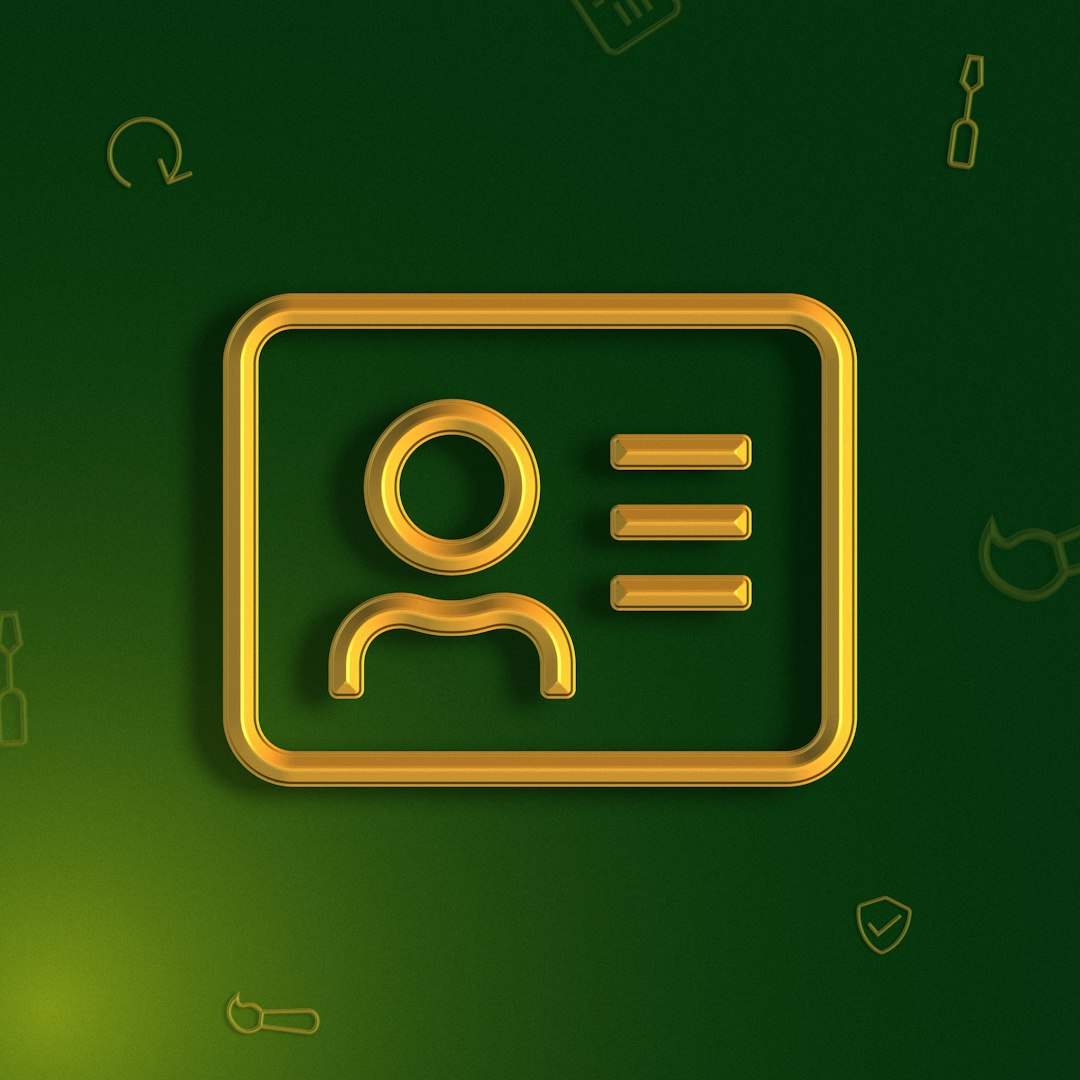Managing rental properties involves a host of responsibilities, from screening tenants to handling maintenance issues. However, few tasks are as foundational—or as prone to complications—as tracking rent, deposits, and late fees. A well-structured rental ledger template can be a game-changer for landlords, property managers, and even tenants who want to keep their finances organized. By using a rental ledger, all parties can ensure financial transparency, reduce the likelihood of disputes, and streamline record-keeping for tax or legal purposes.
What Is a Rental Ledger?
A rental ledger is a document or spreadsheet that records all financial transactions between a tenant and landlord over the course of a lease. It provides a detailed account of:
- The monthly rent amount and due date
- Payments made by the tenant
- Any outstanding balances
- Security deposits and other upfront fees
- Late fees and penalties
- Additional charges such as utilities or repairs billed to the tenant
Whether it’s in paper form or digital, this ledger serves as a single source of truth. It can be referred to when resolving disputes or when preparing records for tax filing purposes. Landlords can also use it to track the financial health of their rental business over time.

Why Use a Rental Ledger Template?
Using a pre-designed rental ledger template offers several advantages:
- Consistency: Templates help ensure that all relevant data points are tracked uniformly across different properties or tenants.
- Accuracy: Automated formulas in spreadsheet templates can reduce human error in calculations.
- Efficiency: With layout and structure already established, landlords can save time during data entry and audits.
- Professionalism: A clean and well-organized ledger strengthens the credibility and reliability of the property manager or landlord.
Tenants can also benefit from using the same or a similar template to cross-check their own payment records, ensuring that they meet their obligations on time.
Components of an Effective Rental Ledger Template
To fully serve its purpose, a rental ledger should contain specific fields that capture the complete financial relationship between landlord and tenant:
1. Tenant and Property Information
- Tenant’s full name
- Rental property address
- Lease start and end dates
2. Monthly Rent Details
- Monthly rent amount
- Due date for each month
- Grace period (if applicable)
3. Payments
- Date payment was made
- Amount paid
- Payment method (e.g., bank transfer, check, online portal)
- Reference or receipt number
4. Security Deposits and Fees
- Security deposit amount
- Pet deposit or utility deposit if any
- Date deposits were received
5. Late Fees and Adjustments
- Date fee was applied
- Reason for the fee
- Total amount and whether it has been paid
6. Running Balance
Useful as a quick reference to see whether the tenant is current, ahead, or behind on their rent. This helps both parties assess the financial status at any point in the lease term.
How to Create Your Own Rental Ledger Template
While many downloadable templates are available, creating your own allows for customization based on your unique needs. Here’s how to do it step-by-step:
- Use spreadsheet software like Microsoft Excel or Google Sheets.
- Create column headers for each category: Month, Due Date, Amount Due, Amount Paid, Payment Date, Payment Method, Deposit, Late Fee, Balance, etc.
- Use formulas to automatically calculate running balance and total late fees.
- Add conditional formatting to highlight late or missed payments.
- Save the sheet as a template and duplicate for each new tenant or property.
If you prefer paper, you can design a printable version using word processing software or search for professionally designed PDFs online.
Automated Alternatives
For those managing multiple units or seeking advanced features like automatic rent reminders and encrypted record storage, property management software—such as Buildium, Rentec Direct, or AppFolio—often includes built-in ledgers. These platforms can also integrate with bank accounts for real-time updates, track maintenance requests, and even facilitate digital lease signing.
However, for small landlords or DIYers, a trusty spreadsheet may be perfectly sufficient and cost-effective.
Best Practices for Maintaining a Rental Ledger
Even a well-designed ledger won’t help if it’s not maintained properly. Follow these habits to keep your rental records in top shape:
- Update Regularly: Enter payment data and fees as soon as they occur.
- Back Up Your Data: If using digital files, regularly back them up to avoid data loss.
- Review Monthly: Cross-check your ledger at the end of each month to ensure accuracy.
- Stay Transparent: If disputes arise, share the ledger with the tenant to resolve the issue collaboratively.
Common Mistakes to Avoid
- Not recording partial payments: Always make a note of any amount paid, even if it doesn’t cover the full rent.
- Omitting late fees: This can lead to financial losses and inconsistent enforcement.
- Keeping inconsistent records: Mixing handwritten notes with spreadsheet entries can cause confusion.
- Failing to track deposits: Not documenting deposit amounts and dates could make move-out settlements problematic.
Conclusion
A rental ledger template is a powerful yet simple tool for keeping track of rental income, deposits, and penalties. By standardizing how payments and fees are documented, landlords and tenants can foster a positive and transparent relationship. Whether you’re managing one property or a dozen, maintaining a detailed rental ledger is a practice that pays dividends in both peace of mind and financial accountability.
Frequently Asked Questions
- Can tenants request a copy of the rental ledger?
- Yes, tenants have the right to request a copy of their rental ledger, especially if there’s a payment dispute or during move-out procedures.
- How long should I keep rental ledger records?
- It’s recommended to retain records for at least 5–7 years, especially if they may be needed for tax audits or legal matters.
- Can a rental ledger be used in court?
- Yes, an up-to-date and accurate rental ledger can serve as legal documentation in eviction cases or payment disputes.
- Are there free rental ledger templates available online?
- Absolutely. Many property websites and landlord forums offer free downloadable templates in formats like Excel and PDF.
- Should landlords use digital or paper ledgers?
- Digital ledgers are more efficient and easier to back up, but paper ledgers may be suitable for landlords who prefer manual records or manage only one or two units.



